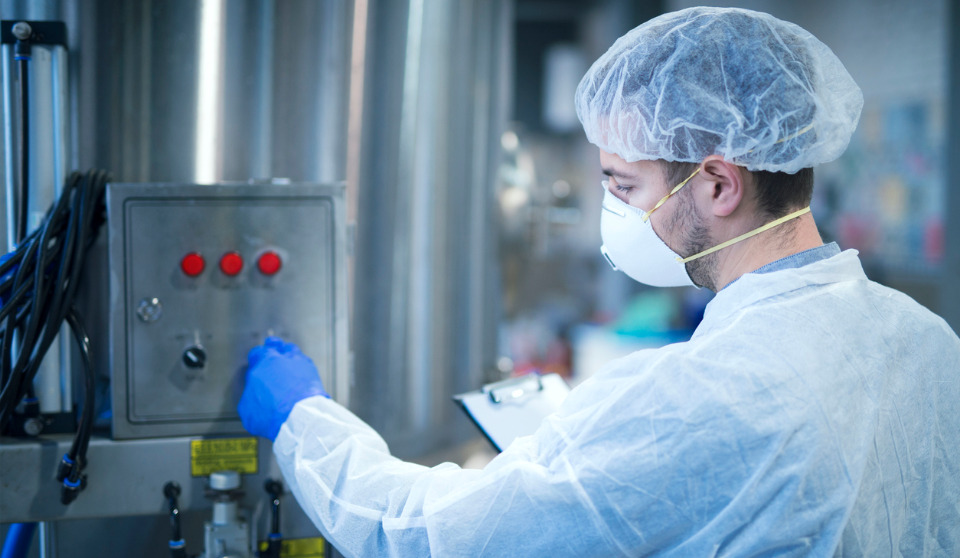Safety expert Dave Fennell gives COS a completely stripped-down, bare-bones, no-window-dressing, no-luxuries look at what is essential for keeping our workers safe

The challenging times of the current pandemic and my retirement from full-time safety four years ago have resulted in a merger of two thought processes for me. Retirement allowed me to step back from “doing” safety every day and go to a place where I could think about why we do those various aspects of safety and which ones are essential for keeping our workers safe. The pandemic has forced me to define the essentials versus the luxuries of my personal life. Many things I believed were essential six months ago have turned out to be luxuries that I am managing quite well without. If we had to go through the same process for safety — examining it through the lens of what truly is essential — what would it look like? So here it is, my response to the directive: “Dave, round up the essentials to ensure the safety of your workers and worksite. Ready, set, go!”
First, I want a front-line supervisor who understands the safety aspects of the work and equipment. This is where the rubber hits the road. The supervisor is the person who understands the hazards of the work, gives the work direction and assesses if they have the workers with the right skills and knowledge to execute the work. They are the ones who make the determination that the risk of the work is low enough to proceed. My quintessential supervisor will have knowledge of the equipment and safety practices for the work and will have the skills to manage the safety performance of the workers. They will have had training on the safety fundamentals and managing safety performance and will be well versed in how to address risk tolerance.
Second, I would grab a set of reference materials on safety to help my front-line supervisors manage their safety responsibilities, a set of procedures and guidelines for how our work is to be done — the rules of the game for that type of work. I may reach for the OH&S regulations first as they provide the most basic set of standards and essential information that is needed, but under my other arm, I am going to tuck the guidelines from my industry safety association that provide specifics for our type of work, location and workforce.
Third, we need equipment that is appropriate for our work. This includes the stationary equipment in facilities, mobile equipment, tools and PPE. We must have a set of standards for that equipment and procedures for how we use it, maintain it, start it up and shut it down. Workers cannot work safely if their equipment is substandard or they don’t know how to use it. Remember, this is the equipment that you need for your base business AND the equipment that must be available for emergencies and those abnormal situations such as projects and shutdowns … and pandemics.
Our fourth essential is the safety processes for our workers. Our desire to ensure that our workers have every available advantage has unfortunately overwhelmed them with safety processes — so many that occasionally they undermine the objective of creating safe work. To ease this thought process of what is really essential, let us narrow it down to just two processes: a documented pre-job planning tool and a mental stop and think element. The bare-bones pre-job planning tool that must be done at the work site would have just three main components: the steps of this task, the hazards/risks of each step in this job and the mitigating actions. The mental process would be supported with a card or work aid that has the workers do a regular check that the task is still on track and there are no new hazards or changes.
And lastly, if there is still room and time, I want a certified safety professional as one of my essentials. This would be my resource on safety, a mentor for the front-line supervisors and workers and the person who will provide guidance on how to handle issues we had not considered.
There you have it, my absolute bare-bones essentials for a safe workplace: competent supervisors, a set of safety standards, appropriate equipment, a couple of safety processes and a professional safety resource.
 Dave Fennell is an independent safety consultant and motivational speaker based in Cochrane, Alta. He can be reached at [email protected] or visit www.davefennellsafety.com for more information.
Dave Fennell is an independent safety consultant and motivational speaker based in Cochrane, Alta. He can be reached at [email protected] or visit www.davefennellsafety.com for more information.
This article originally appeared in the July/August 2020 issue of COS.






